Quick Links
Magic items are an integral element of Dungeons & Dragons, synonymous with the types of valuable and sought-after loot adventurers can encounter in their travels. Magic items come in all shapes and sizes, offering fun minor effects, unique utility, or potentially helping a character in combat by improving their defenses or offensive capabilities. When examining the various magic items of D&D, one of the most common traits an item may have is that item requiring ‘attunement.’

Related
Dungeons & Dragons: Surprise Rounds, Explained
Surprise! Your opponents got the drop on you in Dungeons & Dragons. Now what? This guide has everything you need to run Surprise Rounds.
To help newcomers to Dungeons & Dragons better understand their magic items, we’re going to be explaining everything you need to know about attunement in D&D.
Updated on March 27, 2025 by Jack Filsinger: Attunement is one of the most misunderstood rules in Dungeons & Dragons. You might even be wondering what attunement even is. That’s why we’ve updated this guide with new rules on attunement found in the 2024 Player’s Handbook, including how many items you can attune to in 5e, how to attune, and what kinds of rules attunement bends to.
What Is Attunement?
Attunement is a special magical bond that must be formed between a creature and a magic item before the creature can make use of the item’s magical properties.
If a magic item requires attunement, only the attuned creature can benefit from that item’s effects.
For example, a Ring of Protection provides a creature wearing it with an additional +1 bonus to their armor class.
While an attuned creature would gain this bonus, if they were to remove the ring from their finger to lend it to a friend, that creature wouldn’t gain the benefits of the ring until they’d attuned to it.
It’s important to note that even if a party plans on sharing a powerful magic item, no more than one creature can be attuned to a given item at the same time.
Items that require attunement like magical armor can still grant the benefits of armor, but not its magical properties without attunement.
Lastly, keep in mind the following rules and restrictions regarding attunement.
|
Attunement Rule |
Details |
|---|---|
|
Item Attunement Limit |
A player character cannot attune to more than three items at a time. You must first unattune to an item before attempting to attune to a fourth item. |
|
No Stacking |
You cannot attune to copies of the same magical item, thereby stacking their abilities on top of one another. |
|
Common Sense |
If you are attuned to a pair of magical boots, you cannot also attune to another pair of magical boots and wear both, thereby benefiting from both effects. Use common sense to keep attunement feeling logical. |
How To Attune To An Item
To attune to an item, a character must spend a short rest (one hour) focusing on the item, or practicing with the item at hand or studying it.
Upon concluding that short rest, a character becomes attuned to that item, and they can then use its magical properties.
If you’re spending a short rest to try to learn the item’s properties, you cannot use this same short rest to also attune to the item.
It should be noted that a character is only capable of attuning to a single magic item throughout one short rest, so if a character is aiming to attune to several magic items, additional time must be spent doing so.
Artificers And Attunement
Fully added to D&D’s fifth edition in Tasha’s Cauldron of Everything, the artificer class is an option based on the creation and use of magic items. Artificers can not only create magic items, but can attune to them instantly.
While creatures are normally only capable of attuning to three magic items at once, for those interested in creating a character that makes use of even more magic items, artificers can increase this threshold as they gain levels as shown in the table below.
|
Artificer Level |
Attunement Max |
|---|---|
|
1-10 |
3 |
|
10-14 |
4 |
|
14-18 |
5 |
|
18+ |
6 |
How To End Attunement
Whether you want to change your attunements or no longer have need for a magic item, there are a number of ways to end attunement in Dungeons & Dragons.
|
End Attunement |
Details |
|---|---|
|
Prerequisites Unmet |
Some magical items that require attunement also have prerequisites that must be met in order to continue using the item. For example, a Dwarven Thrower requires attunement by a creature attuned to a Belt of Dwarvenkind (or a dwarf). So, unless you’re a dwarf already, if you end your attunement to a Belt of Dwarvenkind, you also end your attunement to the Thrower. |
|
Distance |
Your attunement to a magical item ends automatically if you are 100 feet or farther away from the item for 24 hours or more. |
|
Death |
If you die, your attunement to a magical item ends. Your attunement does not end if you fall unconscious. |
|
Other Attunement |
Your attunement to a magical item ends if another creature forcefully attunes themselves to the item. |
|
Voluntarily |
You can voluntarily end attunement to the item by spending a short rest focused on the item. Keep in mind this won’t work if the item you’re trying to unattune to is cursed. |

Next
Dungeons & Dragons: Barbarian Rage, Explained
Here’s everything you need to know about Barbarian rage in D&D.


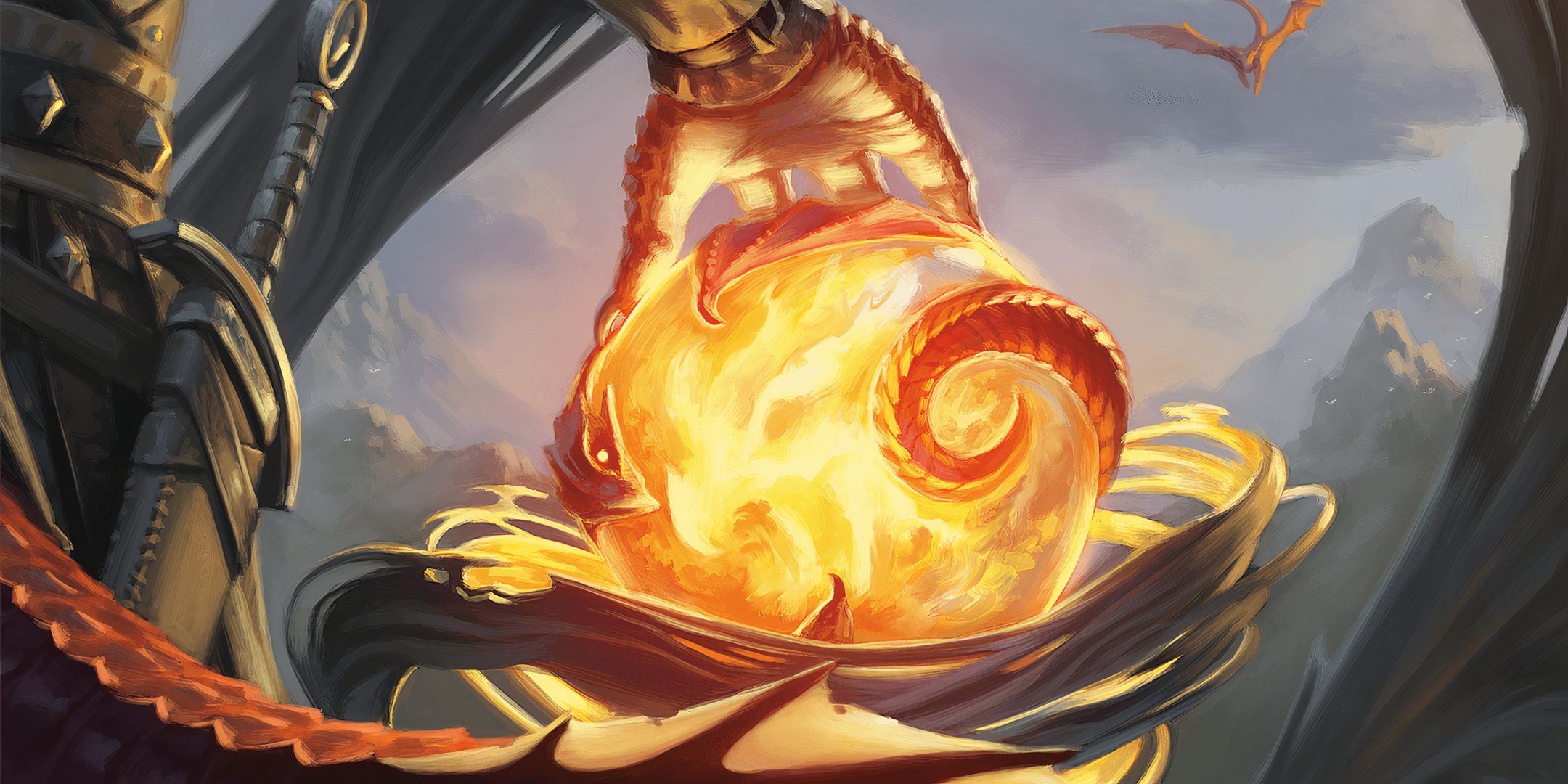

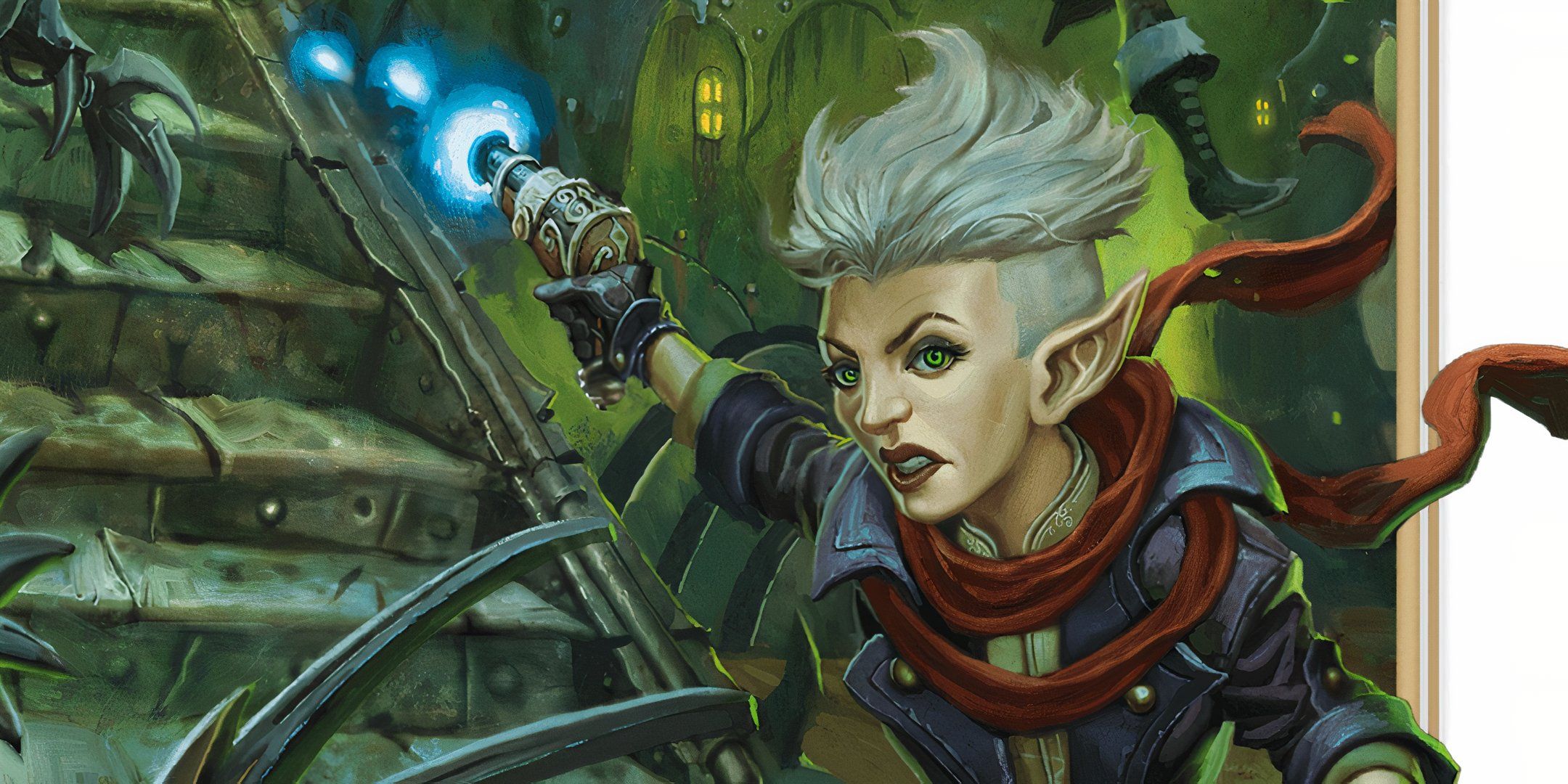
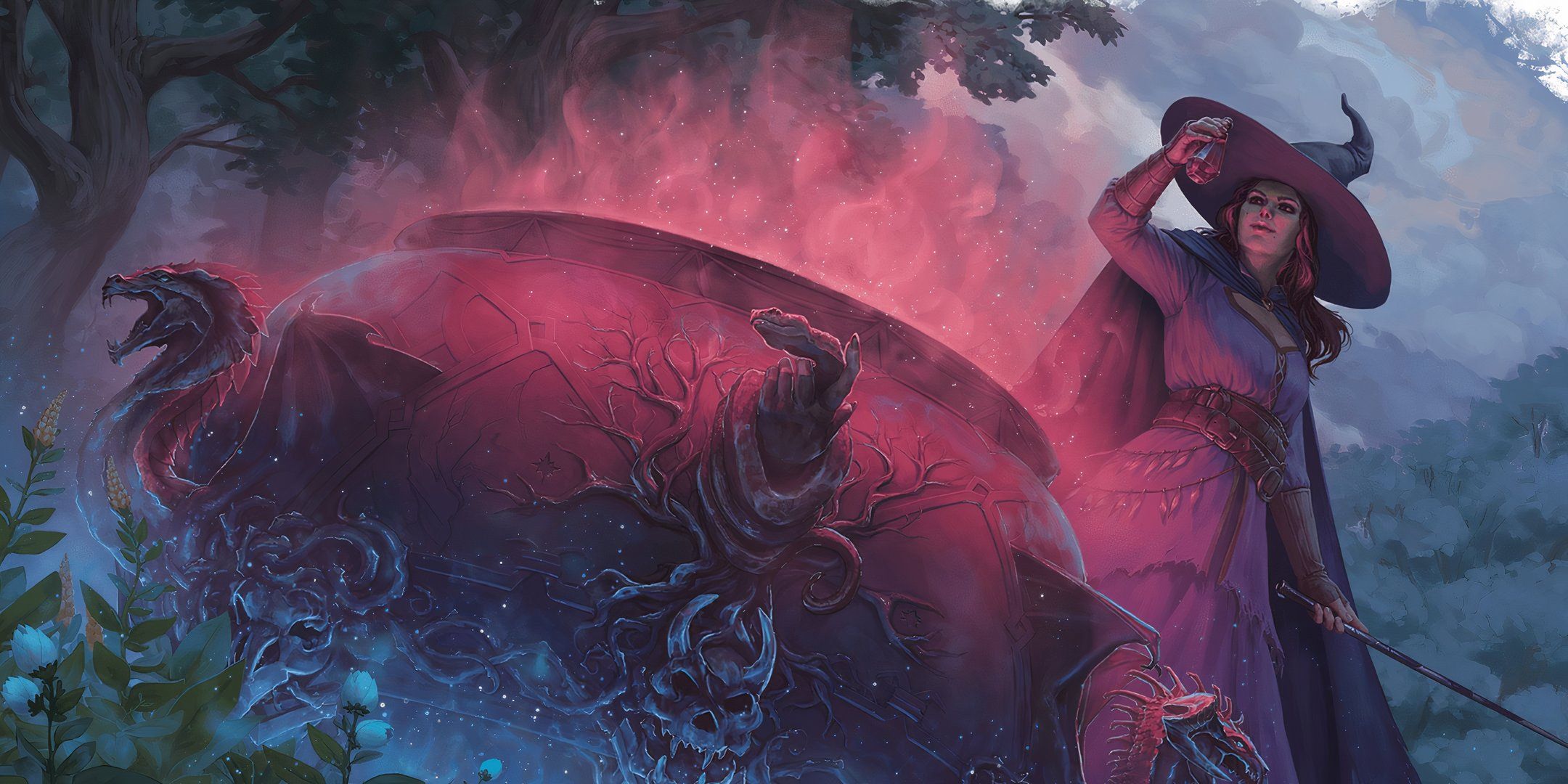



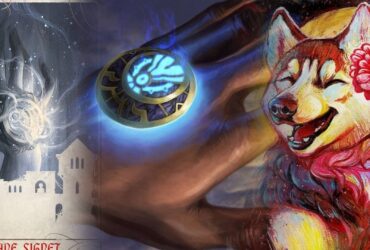
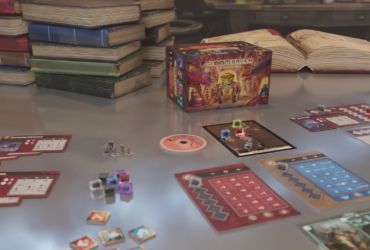
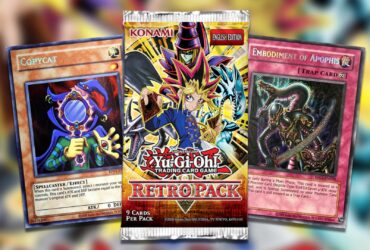



Leave a Reply